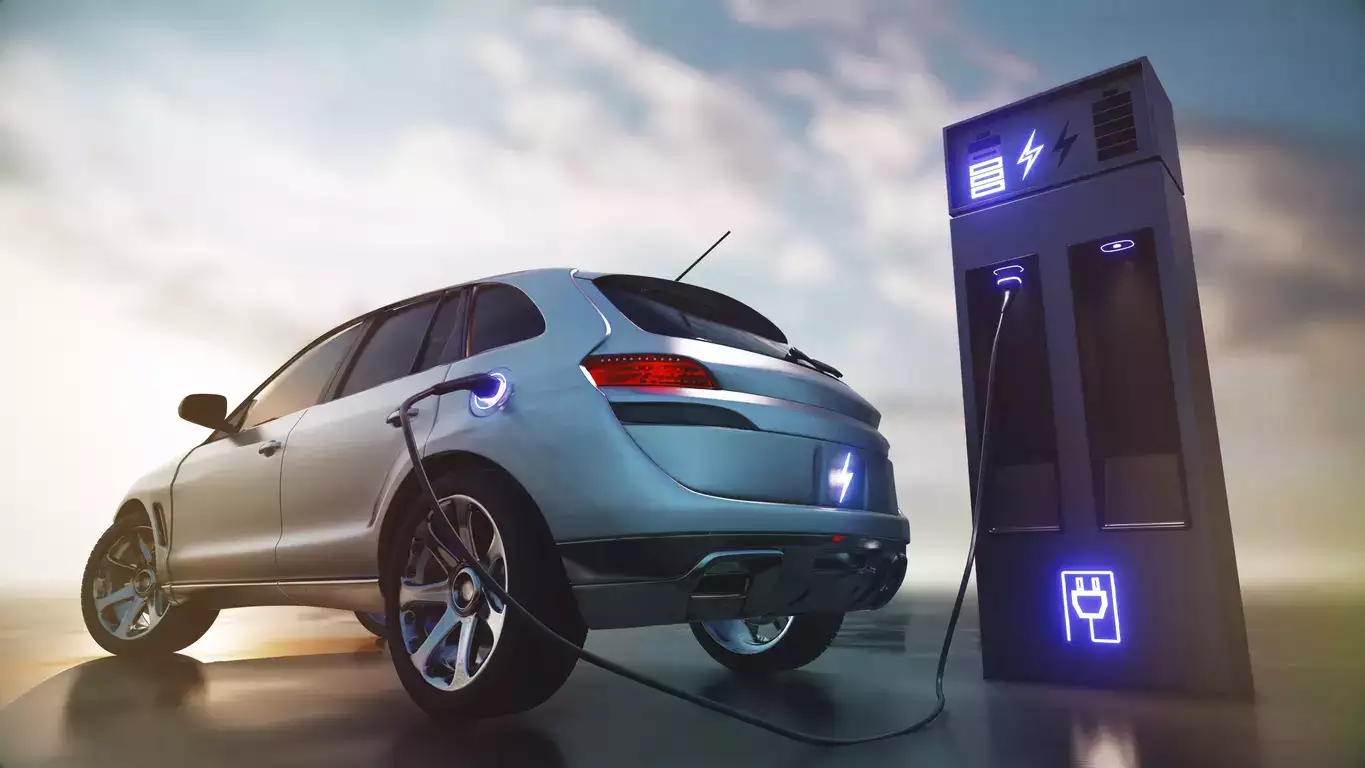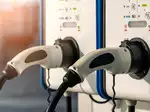Pave the way to India’s sustainable mobility goals with incentives for cars in PM E-DRIVE

A recent ICCT report estimated that 8-year total cost of ownership (TCO) parity for electric cars with conventional fuel cars has started to emerge for certain vehicle models in India, even without subsidies. However, the upfront cost of electric cars continues to be about 1.3 to 1.7 times higher than conventional fuel cars. This is a crucial barrier because Indian car buyers are highly price sensitive. Even with TCO parity, we can expect that the upfront cost will largely dictate the market penetration of EVs in this segment.
Furthermore, some states have already rolled back road tax waivers on EVs. Delhi has withdrawn the road tax waiver on electric two-wheelers and electric cars. Telangana has replaced the road tax exemption for EVs with a levy ranging from 11%–15%. And Karnataka has replaced the blanket road tax exemption with a levy of 10% on EVs that cost more than INR 25 lakhs. Addressing upfront cost concerns will be an even greater challenge for electric cars given these rollbacks.
Promoting electric cars would have positive externalities for the EV ecosystem. A high demand for electric cars could spur battery production and likely help drive down the price of EV batteries. Electric cars have batteries that are 10–20 times larger than those of electric two-wheelers. ICCT research estimated that while the sale of 10 lakh electric two-wheelers would create a demand for 2.3 GWh of battery cells, an equivalent demand for battery cells could be created by the sale of just 55,000–115,000 electric cars. The same research forecasted that private cars would account for 39%–47% of India’s cumulative battery capacity requirement by 2035. By promoting the uptake of electric cars, a larger demand for battery cells can be created in a shorter time and this would promote economies of scale.
Additionally, offering subsidies to electric cars would send a positive signal to car manufacturers of the government’s intention to support the electrification of this segment and thereby encourage manufacturers to introduce more EV models in the market. Maruti Suzuki, which dominates the Indian market with a share of 42%, has yet to introduce a single electric car model in the country. Hyundai, which comes second with a market share of 15%, has just one electric car model in its India product portfolio.
In FY 2023–24, electric cars were 2% of new car sales in India. While the Faster Adoption and Manufacturing of Electric Vehicles (FAME) II scheme offered purchase subsidies for commercial cars, those represented just 7% of the country’s car sales in FY 2023–24. Private cars were the other 93% of sales and were left out of FAME II’s subsidy framework. Electric cars were also excluded from the interim Electric Mobility Promotion Scheme (EMPS) 2024 introduced in April.
According to data released by the Society of Indian Automobile Manufacturers, the car market accounted for 18% of domestic vehicle sales in FY 2023–24, second only to the two-wheeler segment. With sales touching an all-time high of more than 42 lakh units in FY 2023–24, the segment registered year-on-year growth of 8%. With rising living standards and a desire for enhanced travel safety among Indian consumers, the demand for cars is expected to grow at a compounded annual growth rate of 8.5% between FY 2021–22 and FY 2026–27. The PM E-DRIVE scheme thus misses the opportunity to accelerate the electrification an important, growing segment of the country’s vehicle fleet.
Fiscal support in various forms is expected to serve as a crucial policy lever for the expansion of the EV market in India. As the government forges ahead with efforts to accelerate the electric mobility transition through the new PM E-DRIVE scheme, offering subsidies to electric cars could help in creating scale and reducing costs in the overall EV market.
To learn more about the electric vehicle ecosystem and meet the key industry leaders, click here.

